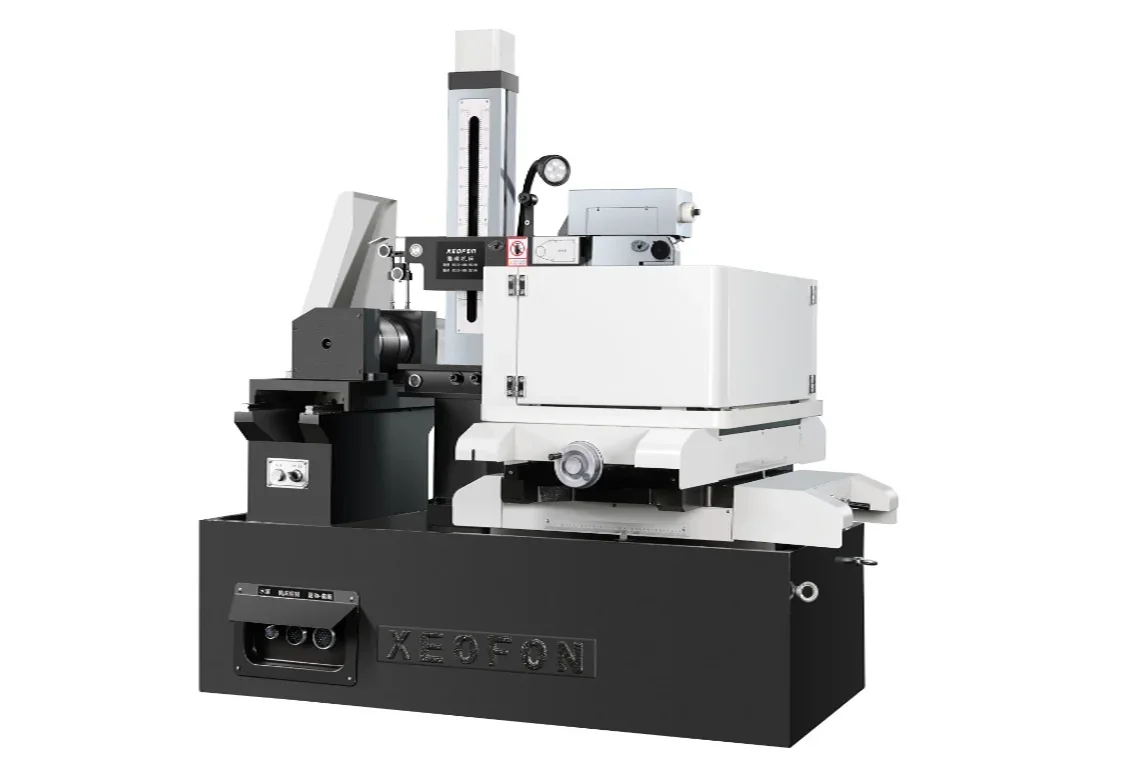A Comprehensive Guide to K-Type Multiple Wire Cut Techniques for Industrial Applications
In the realm of manufacturing, precision and efficiency are paramount. One of the most innovative techniques that has emerged to meet these demands is the K-type multiple wire cut technique. This method is especially significant in industries that require high precision and minimal material wastage, such as electronics, aerospace, and automotive sectors. This guide delves into the intricacies of K-type multiple wire cut techniques, highlighting their applications, advantages, and operational principles.
Understanding K-Type Multiple Wire Cutting
What is K-Type Multiple Wire Cutting?
K-type multiple wire cutting refers to a specialized machining process that utilizes several wires simultaneously to cut through materials. This technique is particularly effective for slicing hard and brittle materials, such as ceramics and composites, with high accuracy. The process involves the use of a diamond wire saw or similar cutting tools that can handle multiple strands to produce intricate shapes and fine finishes.
Key Components of K-Type Wire Cutting
Diamond Wire Saw: The primary tool used in this technique, featuring a steel wire embedded with diamond particles.
Wire Tensioning System: Maintains optimal tension on the wires to ensure consistent cutting performance.
Cutting Control System: Manages the movement of the wires and the feed rate of the workpiece to achieve precise cuts.
Cooling System: Reduces heat generated during cutting, which can affect both the material and the wire's longevity.

Advantages of K-Type Multiple Wire Cutting
High Precision and Accuracy
One of the standout features of K-type multiple wire cutting is its ability to achieve exceptional precision. The simultaneous use of multiple wires allows for intricate designs and shapes that would be difficult or impossible to achieve with traditional cutting methods. This accuracy is crucial in industries where tolerances are tight and quality is non-negotiable.
Minimal Material Waste
The design of K-type wire cutting minimizes kerf loss—the material removed during cutting—resulting in less waste. This efficiency not only conserves raw materials but also reduces overall production costs, making it an economically viable option for manufacturers.
Versatility Across Materials
K-type multiple wire cutting can be employed on a variety of materials, including:
Metals: Such as aluminum and titanium, often used in aerospace applications.
Ceramics: Ideal for electronic components where precision is critical.
Composites: Commonly found in automotive parts where lightweight yet strong materials are needed.
Enhanced Surface Finish
The use of diamond wires ensures a superior surface finish compared to traditional saws or blades. This is particularly beneficial in applications where surface quality impacts performance or aesthetics.

Applications of K-Type Multiple Wire Cutting
Electronics Manufacturing
In electronics, precision is critical. K-type multiple wire cutting is widely used for fabricating components such as circuit boards and semiconductor wafers. The ability to create fine cuts without damaging delicate materials makes this technique invaluable.
Aerospace Industry
The aerospace sector demands high-performance components that meet stringent safety standards. K-type wire cutting allows manufacturers to produce complex parts from lightweight materials while ensuring structural integrity.
Automotive Production
As the automotive industry shifts towards electric vehicles (EVs), the need for efficient battery components has grown. K-type multiple wire cutting facilitates the production of battery housings and other critical components with high precision.
Medical Device Manufacturing
In the medical field, devices often require intricate designs and biocompatible materials. The precision offered by K-type cutting techniques supports the production of surgical instruments and implants that meet regulatory standards.

Operational Principles of K-Type Multiple Wire Cutting
Cutting Mechanism
The basic principle behind K-type multiple wire cutting involves a series of steps:
Setup: The workpiece is securely mounted while ensuring that the diamond wires are properly tensioned.
Movement: The wires are moved in a controlled manner across the workpiece, either through reciprocating or continuous motion.
Feed Rate Control: The system adjusts the feed rate based on material properties and desired cut quality.
Cooling Application: A cooling fluid is applied to reduce heat buildup during cutting, enhancing both performance and tool longevity.
Parameters Influencing Performance
Several parameters influence the effectiveness of K-type multiple wire cutting:
Wire Speed: Higher speeds can improve efficiency but may increase wear on the wires.
Feed Rate: Optimal feed rates depend on material type; too fast can lead to poor finishes while too slow may reduce productivity.
Tension Levels: Proper tension keeps wires stable during operation, preventing deflection that could lead to inaccuracies.

Conclusion
K-type multiple wire cut techniques represent a significant advancement in industrial machining processes, offering unparalleled precision, reduced waste, and versatility across various applications. As technology continues to evolve, these techniques will play an increasingly vital role in meeting the demands of modern manufacturing industries such as electronics, aerospace, automotive, and medical device production.
Investing in high-quality equipment and skilled personnel will ensure that businesses can leverage these advanced techniques effectively while staying competitive in an ever-evolving market landscape. By embracing innovations in K-type multiple wire cutting technology, manufacturers can achieve operational excellence that meets both current needs and future challenges.
- Art
- Causes
- Crafts
- Dance
- Drinks
- Film
- Fitness
- Food
- Jeux
- Gardening
- Health
- Domicile
- Literature
- Music
- Networking
- Autre
- Party
- Religion
- Shopping
- Sports
- Theater
- Wellness


